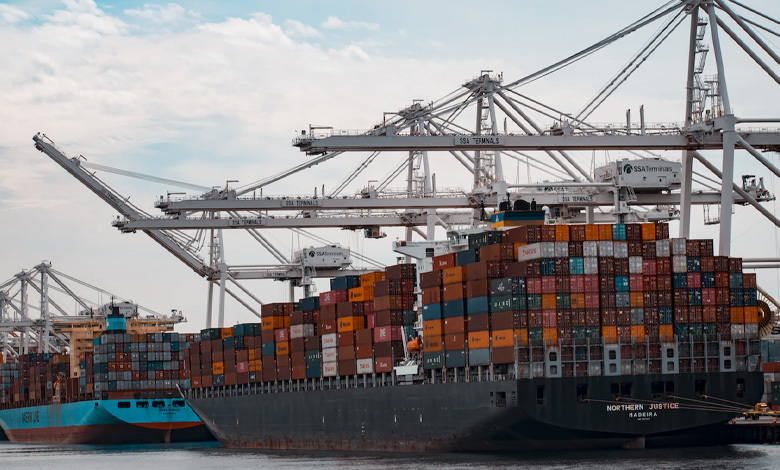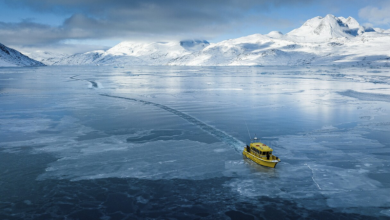Climate Battle at Sea: Shipping Industry Faces $10 Billion Annual Loss by 2050

Ships have been grounded in the Mississippi River due to the extreme drought that has caused the water levels to drop. The U.S. Army Corps of Engineers is currently clearing silt from the river near Vicksburg, Mississippi, with a dredge ship to maintain commerce. According to the Corps’ chief of navigation, low water levels can have a significant financial impact on the local media.
It is merely the most recent in a string of disturbances that the shipping sector is experiencing as it struggles to combat the effects of climate change.
This past summer’s severe drought forced authorities to lower the number of ships that pass through the Panama Canal daily, which led to serious backlogs that disrupted supply chains. They repeated the process at the end of September. As per a study conducted by RTI International, the global shipping industry lost up to $370 million due to a comparable reduction in 2019.
The Mississippi River’s record low water levels that year caused transportation of agricultural products to be disrupted and resulted in losses of nearly $1 billion.
109 containers washed overboard in October 2021 off Vancouver Island, Canada, as a result of an uncommon “bomb cyclone.”
Maersk is the second-biggest container ship company in the world, and they are aware of all this.
“We truly think that the shipping sector and consumers in general are seriously threatened by climate change. “We are undoubtedly witnessing constant disruption,” stated Maersk’s North American president Narin Phol.
90% of traded goods are transported over water, and as demand rises, it is anticipated that the volume of maritime trade will triple by 2050. This change is occurring at a time when tropical storms, inland flooding, sea level rise, drought, and excessive heat are all becoming more dangerous for shipping.
Consider the following scenario: the supply chain will be impacted both upstream and downstream if the port has an impact and we are unable to unload the cargo here. Thus, everything is related, Phol stated.
The RTI study, which was examined by the Environmental Defence Fund, estimates that the effects of climate change on ports alone could cost the shipping sector up to $10 billion annually by 2050 and up to $25 billion annually by 2100.
Shipping is among the industries most susceptible to the effects of climate change in all the transportation sectors. Whether it’s in rivers, canals, the sea, or even a port of call. However, transport also lags in terms of reducing carbon emissions.
Maersk debuted its first containership in September that runs on green methanol, which produces less carbon dioxide than conventional ships. There are twenty-four more of these ships on the way, but fuel is expensive and in short supply.
The technology is there and ready, as one could say. However, a significant change is required, and it will take time, as stated by Hakan Agnevall, CEO of Wartsila, a multinational technology and energy business that produces engines for the marine sector.
Read More: England Announces New Approach to Water Monitoring Standards
Agnevall stated, “Even if our engines are prepared for new fuels, the fuel must be produced, significant investments must be made, and it must be green fuels; that is, it must be produced by green energy.”
Although shipping contributes about 3% of the world’s greenhouse gas emissions, the international shipping industry did not finally agree to a net zero goal by 2050 until this past July.
“Though this is a significant step, it’s not enough. The goals that have been set will not lead to the Paris Agreement or 1.5 degrees [Celsius]. It’s a step in the right direction, but it’s not where countries wanted to go five years ago,” Agnevall said.
Meanwhile, the industry is placing greater emphasis on planning and resilience. Maersk is modernizing its weather-monitoring systems and altering the design of its ships. To handle possible disruptions and disasters, Wartsila is turning to artificial intelligence and employing digital solutions to combine weather forecasts, climate data, and logistics data.
“It’s not just about routing; it’s also about collaborating with the ports to ensure that, in the face of greater uncertainty, we truly utilize the digital tools to the fullest extent possible,” Agnevall continued.



